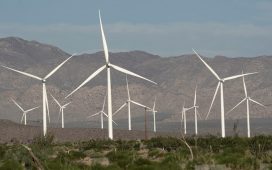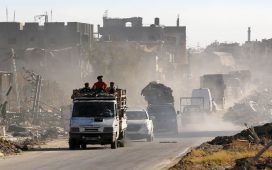Keeping the majority of Bureau of Land Management (BLM) sites open during the coronavirus pandemic in 2020 resulted in “harmful consequences” including vandalism and damages to restrooms, according to a report issued this week by an Interior Department watchdog.
Faced with the Trump administration’s insistence that most BLM sites remain open, state and field offices said officials at the bureau’s headquarters were slow to provide full guidance, and that public messaging about the coronavirus pandemic was also frequently delayed.
“For instance, one State office employee noted that guidance from BLM headquarters or the U.S. Department of the Interior was usually received after State-developed guidance was available,” the report stated. “This employee also commented that the State office created its own guidance instead of waiting for direction from BLM headquarters or the Department.”
In another case, the report said, an employee at a state office was forced to develop strategies based on county, city and state restrictions in the absence of BLM guidance.
This difficulty extended to communicating safety information the public, as any public messages and signs had to be approved by federal headquarters, often resulting in delays before this information could be shared with the public.
The report also found that numerous BLM offices saw increased visitor traffic to recreation management areas, which brought with it “harmful consequences including damage to restrooms, garbage dumping, driving and camping in unauthorized areas, and general vandalism,” the report stated. Nine of 10 bureau offices the Office of Inspector General contacted reported harm to recreation management areas
The watchdog found the bureau took several steps to address visitor safety during the pandemic, including directing its nearly 500 recreation management program employees to work remotely wherever possible. The bureau also instructed its volunteers not to work onsite. However, the result of these safety precautions was that fewer on-site staff were present just as these sites saw a surge in visitors.
“The BLM should use the lessons learned from the COVID-19 pandemic to develop an infectious disease response plan with the goal to protect human health and safety and minimize the adverse impacts on recreation sites,” the report said, including more effective public communication, preparations for overcrowding and broader risk assessments for essential operations.







